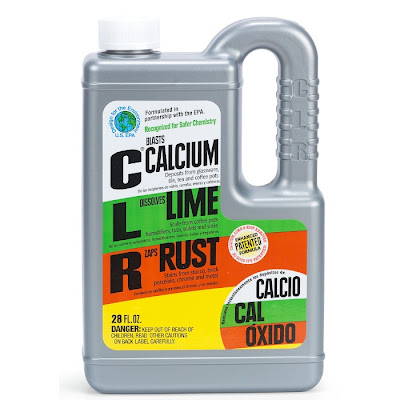I can't believe in this day and age this subject is still floating around.
Some truths of life. CLP isn't a product, its a performance standard. Any one bidding on a government contract to supply it must prove it complies. If you were in the Army and used CLP, the exact product you were issued just depended upon what year it was, and who managed to supply it. Yes, it smells because it wasn't mandated the supplier used the same formula, just that it complied with the performance specification. I've never used any of it I considered to be "bad".
Gunsmiths that tell you not to use it might just have an underlying motive, and there is no truthfullness standard applied to gunsmiths. I'd suggest that some of them lie to gain more business.
On guns I'm putting up for an extended period of time (which I define as me not planning on shooting for at least a week) I use CLP Collectors. Yes, it does dry to a waxy finish. Big deal. I have powder solvent that will remove it in a few seconds.
On to another fallacy used above, the WD40 one. Its the very best first aid for a wet firearm ever developed. Its never been sold as a lubricant, so its not really fair to expect lubrication properties from it. It was developed as a water displacing product (WD?). It does that really well. It also will work as a temporary penetrating oil. It won't last real long, but it will often free up something that is stuck. Its also available at almost every convenience store in the country. Summarize by saying it works and its available. Also, just for reference, its not the same formula as it was originally back in the 1960s (remember then?) It originally was a varnish based product. Think varnish, sticky, and eventually gummy. These days its based on Stoddard Solvent. Not a varnish. Instead of repeating false information, go buy a can and spray it on something. Then see if it becomes sticky or gummy.
I have a couple of old guns. Some are like new after decades. Hint: back then no one had wonder lube. They used whatever they had. It worked. Yes, grandma's sewing machine oil worked just fine then, and it will now. Its not what you use, but that you use it religiously, every darn time. Years ago I adopted a plan. Every darn time I bought a new to me gun (or a new gun) I took it apart to see what's inside. I've found and corrected all sorts of evil. Even new S&Ws have terrible stuff inside. The worst was my 337. It was bleeding green blood when brand new. And it was gritty to boot. I opened it up and had way too much oil inside, plus metal cuttings. No one at the factory seems to have bothered to clean it prior to assembly or shipping. And I once scored a great deal on a non-functional Triple Lock. Inside I found the action totally gummed with something sticky. I'm guessing bacon grease, but I have no way of telling.
I don't use action cleanier. But I do used some automotive brake cleaner on occasion. Just not near grips or plastic. Once I managed to get all the evil stuff out, a quick shot of RemOil made it work slick as I could imagine. No, I'm not promoting RemOil because its probably too thin for some applications. But I'm lazy and it was on my workbence, within reach.
I've never found a "gun specific" lubricant that doesn't work. I see no reason to pay premium prices for some wonder lube. My plans don't involve me not cleaning and putting a gun in a dry place. And I'm even so old and grumpy that I inspect my guns fairly frequently.

